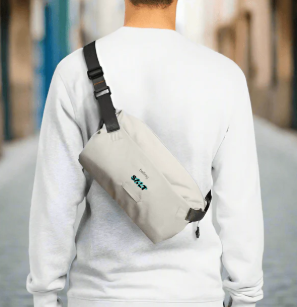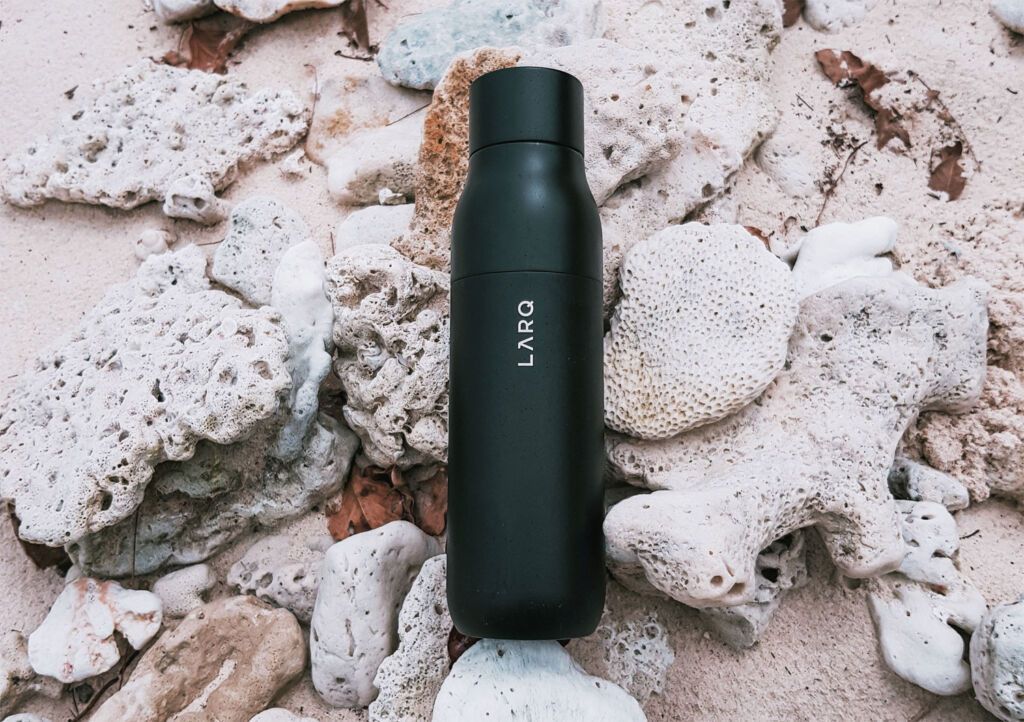Sustainable Promotional Choices
The Landscape
In today's conscientious marketplace, businesses are increasingly aware of their environmental footprint. This awareness is driving a significant shift in how companies approach promotional products.
Fortunately, a wealth of sustainable alternatives is emerging, offering businesses the chance to promote their brand while minimizing their environmental impact. This shift presents a powerful opportunity to align brand values with consumer expectations and demonstrate a commitment to sustainability.
Eco-Friendly Materials: Products made from recycled materials (like recycled PET or ocean-bound plastic), biodegradable materials (like bamboo or cork), or sustainably sourced materials (like organic cotton or FSC-certified wood) are gaining popularity.
Reusable and Durable Items: Investing in high-quality, reusable items, such as stainless steel water bottles, reusable tote bags, or bamboo utensils, reduces waste and provides long-term brand exposure.
Plantable Products: Seed paper and other plantable promotional items offer a unique and memorable way to promote sustainability, allowing recipients to grow flowers or herbs.
Responsible Sourcing and Production: Partnering with suppliers who prioritize ethical labor practices, reduce carbon emissions, and minimize waste in their production processes is crucial.
By embracing these alternatives, businesses can create a positive brand image and contribute to a more sustainable future.


The Quality Upgrade
A significant and often overlooked aspect of the sustainable promotional product revolution is the remarkable improvement in quality. Gone are the days of flimsy, poorly made eco-friendly items. Today, sustainability and superior craftsmanship go hand-in-hand.
Enhanced Durability: Sustainable materials like bamboo, stainless steel, and recycled textiles are often inherently strong and durable, resulting in products that last longer.
Premium Aesthetics: Manufacturers are investing in design and innovation, creating sustainable products with sleek, modern aesthetics that rival or surpass traditional offerings.
Advanced Manufacturing Techniques: Advancements in manufacturing have enabled the production of high-quality sustainable goods with intricate designs and superior finishes.
Focus on Functionality: Sustainable products are no longer just about being eco-friendly; they're designed with functionality in mind.
Increased Consumer Demand: The increased demand for high quality sustainable items, pushes manufacturers to increase their standards.
This quality upgrade not only enhances the perceived value of promotional items but also reinforces the message that sustainability and excellence are not mutually exclusive.
The Future
The future of promotional products lies in a circular economy, where waste is minimized, and resources are reused. This vision requires a collaborative effort from businesses, suppliers, and consumers to create a more sustainable ecosystem.
Extended Producer Responsibility (EPR): Encouraging suppliers and manufacturers to take responsibility for the entire lifecycle of their products, including end-of-life disposal.
Recycling and Upcycling Programs: Implementing programs to collect and recycle or upcycle promotional products, creating a closed-loop system.
Consumer Education: Raising awareness among consumers about the environmental impact of their choices and encouraging them to support sustainable brands.
Innovation and Technology: Investing in research and development to create new sustainable materials and production processes.
Standardization and Certification: Promoting industry standards and certifications that ensure transparency and accountability in sustainable practices.
As technology advances and consumer awareness grows, sustainable promotional products will become the norm, not the exception. By embracing this change, businesses can build a more responsible and resilient future for themselves and the planet.



